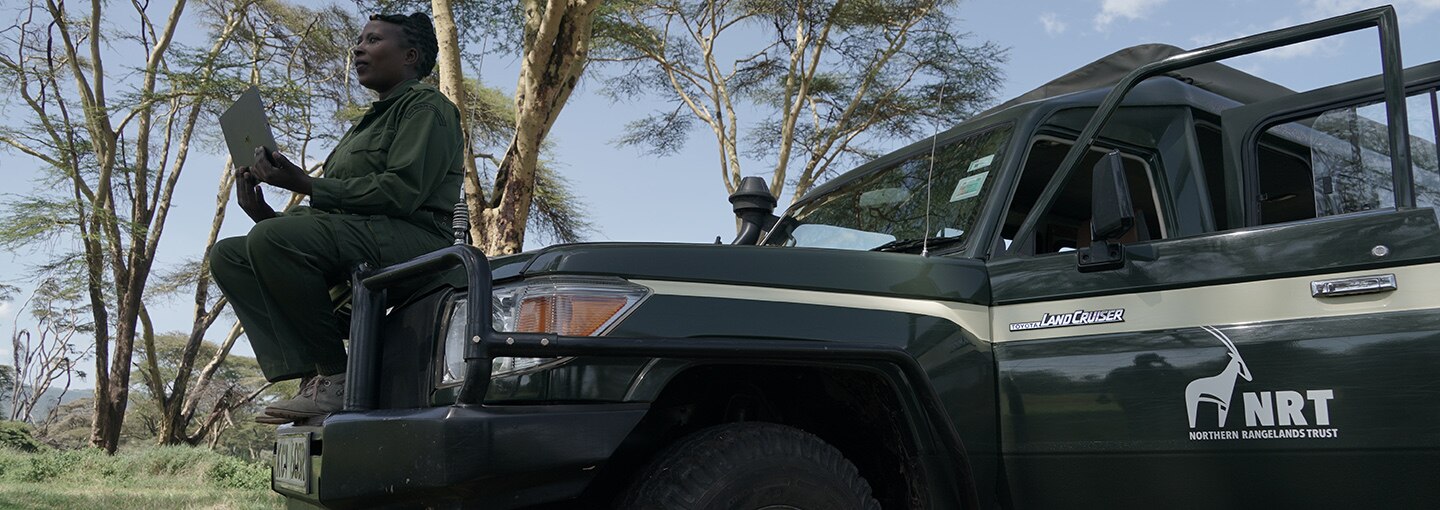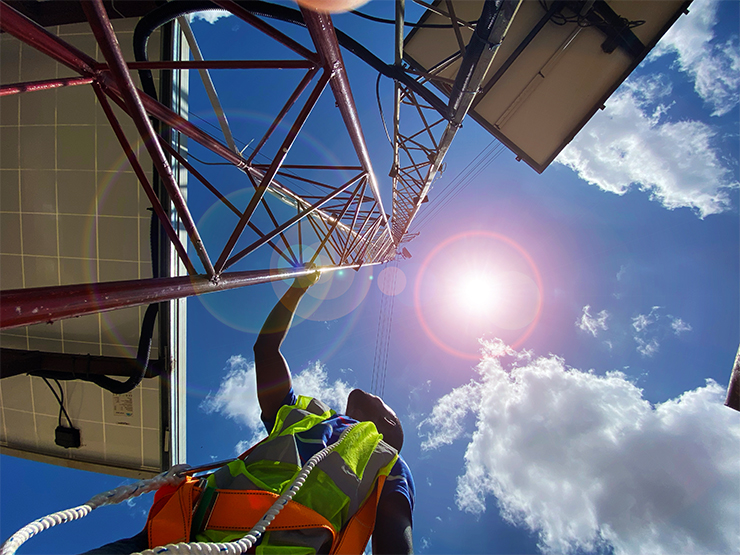-
Featured services
2026 Global AI Report: A Playbook for AI Leaders
Why AI strategy is your business strategy: The acceleration toward an AI-native state. Explore executive insights from AI leaders.
Access the playbook -
Services
View all services and productsLeverage our capabilities to accelerate your business transformation.
-
Services
Network Services
-
Services
Cloud
-
Services
Consulting
-
-
Services
Data and Artificial Intelligence
- AI and Intelligent Solutions
- Data/AI Strategy and Program
- Data Engineering and Platforms
- Data Governance and Management
- Data Visualization and Business Decision
- GenAI Consulting
- GenAI Platforms
- GenAI Industry Services
- GenAI Infrastructure Services
- GenAI Value Transformation
- View Data and Artificial Intelligence
-
Services
Infrastructure Solutions
-
Services
Global Data Centers
-
Services
CX and Digital Products
-
Services
Application Services
-
Services
Sustainability Services
-
Services
Digital Workplace
-
Services
Business Process Services
-
Services
Generative AI
-
Services
Cybersecurity
-
Services
Enterprise Application Platforms
![]()
Accelerate outcomes with agentic AI
Optimize workflows and get results with NTT DATA's Smart AI AgentTM Ecosystem
Create your roadmap -
-
-
Insights
Recent Insights
-
The Future of Networking in 2025 and Beyond
-
Using the cloud to cut costs needs the right approach
When organizations focus on transformation, a move to the cloud can deliver cost savings – but they often need expert advice to help them along their journey
-
Make zero trust security work for your organization
Make zero trust security work for your organization across hybrid work environments.
-
-
![]()
2026 Global AI Report: A Playbook for AI Leaders
Why AI strategy is your business strategy: The acceleration toward an AI-native state. Explore executive insights from AI leaders.
Access the playbook -
-
2026 Global AI Report: A Playbook for AI Leaders
Why AI strategy is your business strategy: The acceleration toward an AI-native state. Explore executive insights from AI leaders.
Access the playbook -
Discover how we accelerate your business transformation
-
About us
CLIENT STORIES
-
Liantis
Over time, Liantis – an established HR company in Belgium – had built up data islands and isolated solutions as part of their legacy system.
-
Randstad
We ensured that Randstad’s migration to Genesys Cloud CX had no impact on availability, ensuring an exceptional user experience for clients and talent.
-
-
CLIENT STORIES
-
Liantis
Over time, Liantis – an established HR company in Belgium – had built up data islands and isolated solutions as part of their legacy system.
-
Randstad
We ensured that Randstad’s migration to Genesys Cloud CX had no impact on availability, ensuring an exceptional user experience for clients and talent.
-
![]()
2026 Global AI Report: A Playbook for AI Leaders
Why AI strategy is your business strategy: The acceleration toward an AI-native state. Explore executive insights from AI leaders.
Access the playbook -
- Careers
Connected Conservation launches in Kenya
21 May 2020

Topics in this article
Rolling out programs to six conservancies in Kenya
In Africa alone, it is estimated a rhino is killed every 15 hours. Although this seems somewhat fewer than in 2015, when a rhino was killed every 8 hours, this is still a very high number considering the depletion in the population numbers. So, in 2015, we partnered with Cisco to launch Connected Conservation, an initiative to help protect and stop the poaching of rhinos through smart technology solutions.
The project began with a pilot in a private game reserve adjacent to the Kruger National Park in South Africa and reduced poaching by 96% in the first two years. The project was the first of its kind, because it was proactive and tracked the movement of people, leaving the animals to roam freely in their natural habitat. Fast-forward to today: we’ve begun to work with the Northern Rangelands Trust in Northern Kenya, rolling our technology into six conservancies across more than 62,000 acres of land. The conservancies are home to 14% of Kenya’s rhino population.
The Kenyan conservancies are home to 14% of Kenya’s rhino population, where they’re monitored by wildlife rangers using wireless technology
What the solution in Kenya looks like
Back in February, I was lucky enough to visit one of the reserves involved in the project. I can already see the impact the solution is making on the reserve. Using a wireless technology that offers long range, low power and secure data transmission, we’re planning to connect all six conservancies, giving the rangers the opportunity to communicate with one another with ease. This communication means they can stop potential poaching before it becomes a threat and they can communicate to each other if there’s any suspicious behaviour, especially on the Government roads that go through the reserves.
The rangers can locate the animals and monitor their movement using cameras and thermal imaging. Not only does this allow them to protect the animals from poaching, but it also enables the reserves to monitor the animal’s health. With the rhinos, for example, the rangers are now able to keep track of their health by analysing them through thermal cameras at any of the waterholes. Here they can see what territory they’re in, whether they’re in a healthy condition and even if they’re pregnant.
Alongside the use of thermal cameras and wireless technology, the conservancies employ a point-to-multipoint network; a satellite joint operation center in the neighbouring reserves to connect to the main Joint Operations Centre; livestream video and the infrastructure of reliable solar power and masts to support the above.
Mast maintenance is part of keeping the Kenyan reserve’s wireless communication network in working order
We’re also using Earthranger in all the conservancies. This is an online software tool to collect, integrate and display all historical and real-time data available from a protected area: wildlife, the rangers protecting them and the land. These data-driven insights have given the rangers the ability to intercept poachers more quickly, as well as help the surrounding communities with human-animal conflict before any harm is done.
Making a revolutionary difference
When discussing the impact that the Connected Conservation initiative has had on the reserves, Ian Craig, founding member of the Northern Rangelands Trust, said, ‘Before we started working with NTT Ltd., we had some cameras at watering holes, a few mobile phones and limited radio connectivity. The difference we’re now able to make using NTT Ltd. and its partners’ technology has been revolutionary. Not only is the solution helping to reduce poaching, but it’s also having a positive impact on the communities which inhabit the conservancies. The technology has helped to make it a safer place to live and created local jobs for local people.
I am proud of the work we’re doing with our partners at Cisco and the Connected Conservation Foundation to protect the wildlife and communities devastated by poaching across Africa. It’s proof that when working together we can change the course of the future and do great things. We’ll continue to work with the team in Northern Kenya to develop technology that further protects against poaching.
If you’re interested in finding out more about the goals of the Connected Conservation initiative – visit our website.
Watch our Connected Conservation video.




